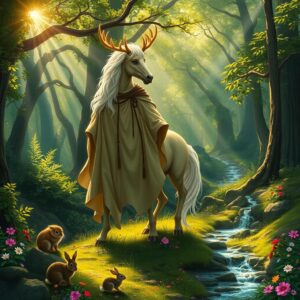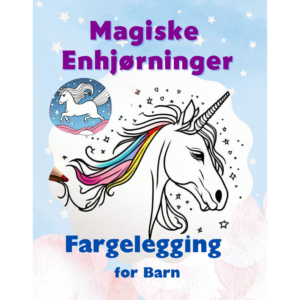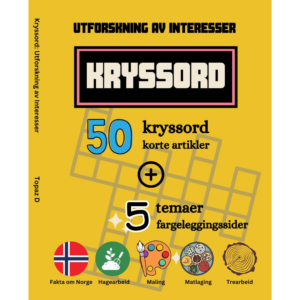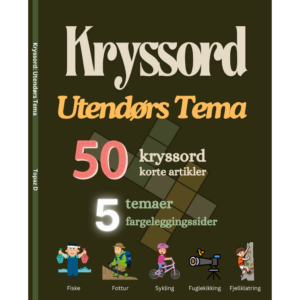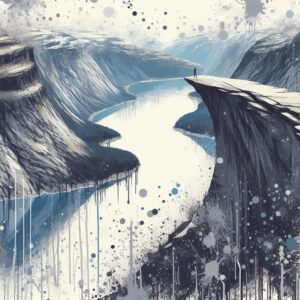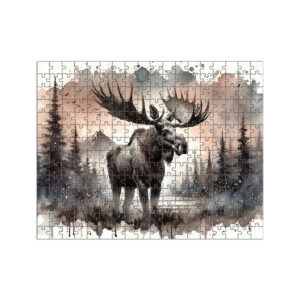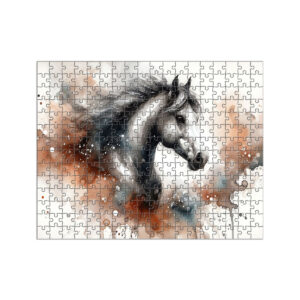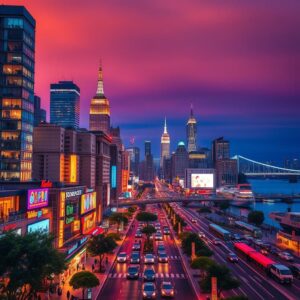
Explore & Play
Discover interesting topics and solve the accompanying crossword puzzle.
City in Japan Crossword: Discover Tokyo, Kyoto, Osaka
Table of Contents
City in Japan Crossword
You can either fill in the crossword puzzle directly on this page or click the button in the bottom right corner to print it for free.
——————————————
City in Japan Crossword: Exploring Tokyo, Kyoto, Osaka and More
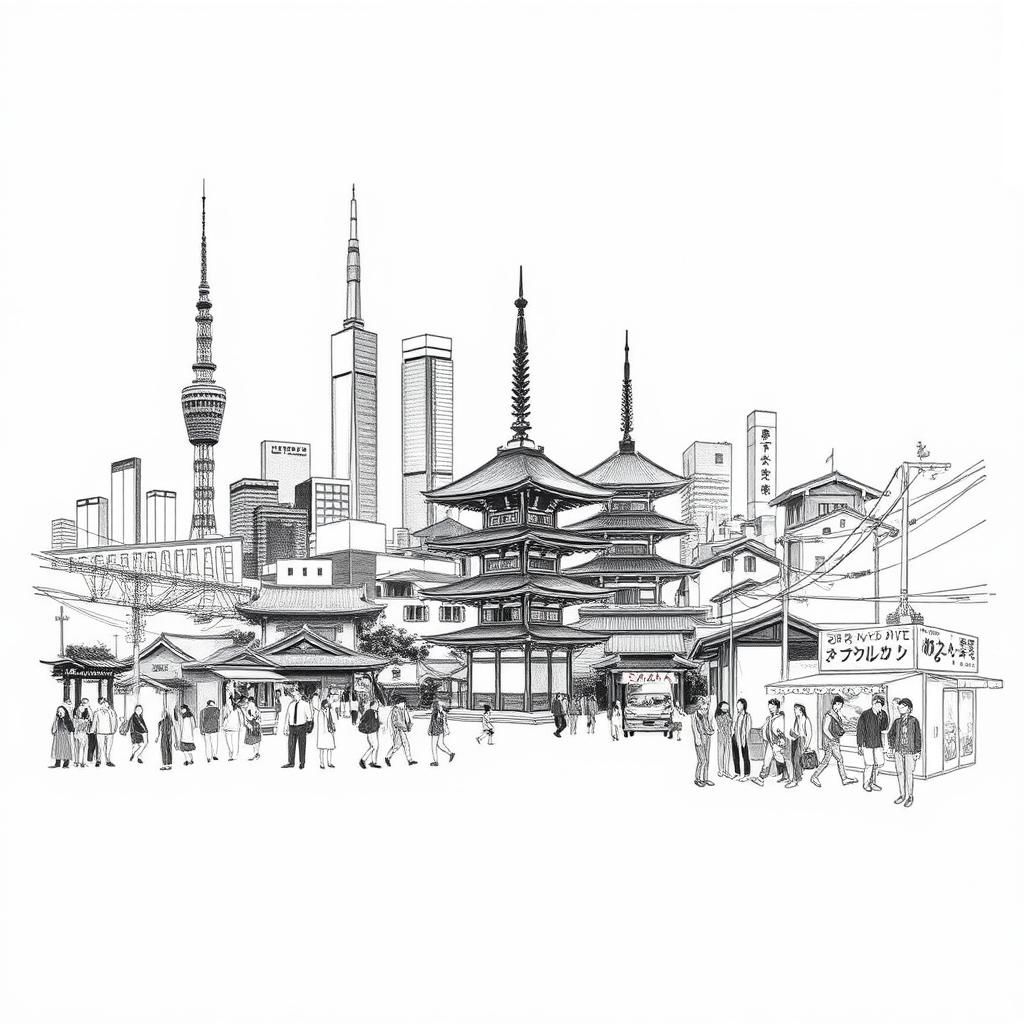
Introduction
Picture this: you’re staring at a crossword puzzle, and the clue reads “City in Japan, often bustling and bright.” Your mind instantly sifts through familiar names—Tokyo, Kyoto, Osaka—but which one fits? Japanese cities have become a favorite playground for crossword creators and travel buffs alike, offering a vibrant mix of history, culture, and geography that’s as fascinating as it is challenging.
This article is your quick guide to the key players in Japan’s urban lineup. Whether you’re piecing together a Sunday crossword or planning a trip, we’ll share essential facts and unique traits of Tokyo, Kyoto, Osaka, and more. Think of it as a snapshot of cities that don’t just fill puzzle squares but come alive with stories, flavors, and a sense of place. By the end, you’ll have a sharper eye for clues—and maybe a little travel bug too.
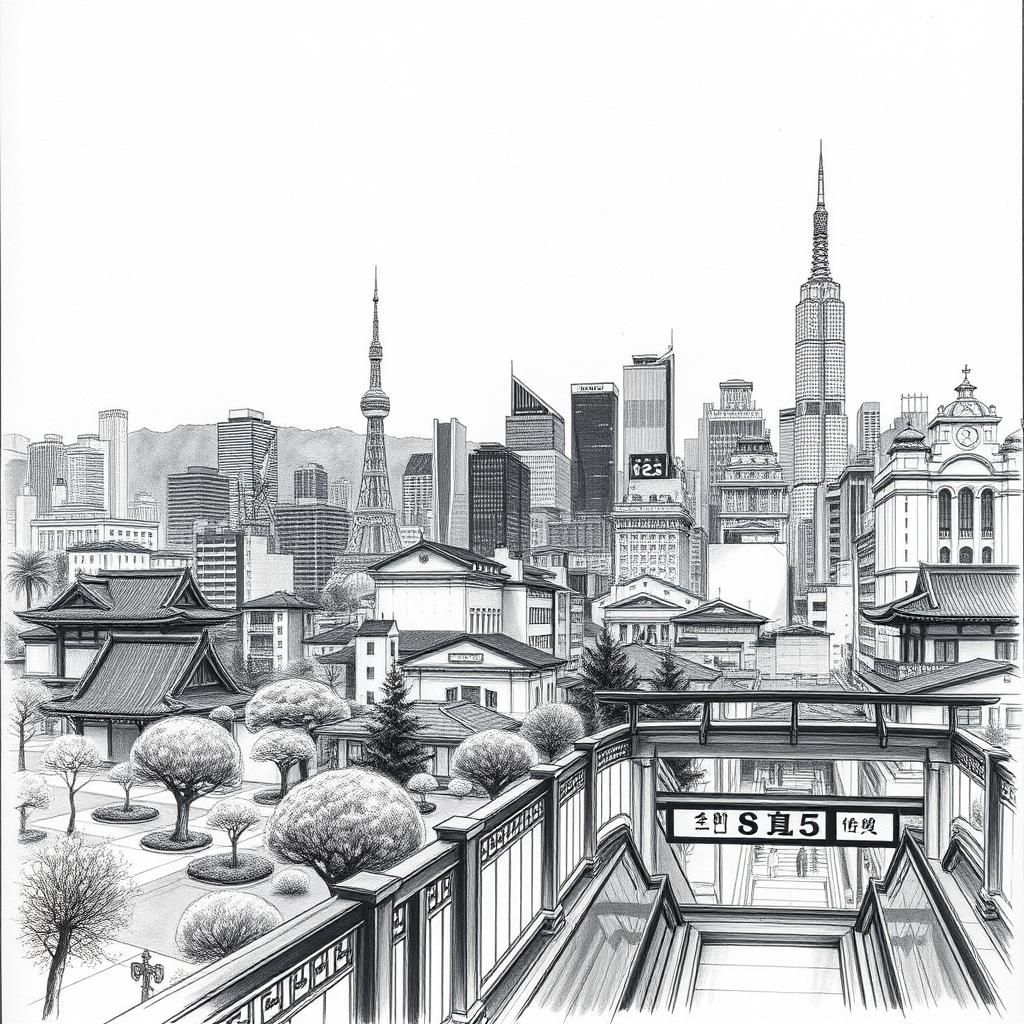
Tokyo: The Metropolitan Giant
Step into Tokyo, and you’re walking through a living, breathing contradiction — a city where sleek skyscrapers rise next to ancient temples, and neon lights glow alongside quiet gardens. Once called Edo, Tokyo’s transformation began in earnest in 1868 with the Meiji Restoration when it became Japan’s imperial capital, swapping the throne from Kyoto to this bustling port town.
Today, Tokyo isn’t just a city; it’s a sprawling metropolis home to about 37 million people, making it the largest metropolitan area on the planet. You can feel its pulse in the frantic rush of Shibuya Crossing or the seamless order of its subway system. Tradition still whispers through its narrow backstreets and tranquil shrines. It’s a place where old meets new in a way that’s as natural as breathing.
For crossword solvers, Tokyo is a common answer to clues like “City in Japan,” “Japanese capital,” or simply “Metropolitan giant.” But beware — it’s often confused with Kyoto, so clues referencing “modern,” “capital since 1868,” or “largest population” usually point to Tokyo. Recognizing these subtle hints can turn a confusing puzzle into a satisfying “aha” moment.
Tokyo’s story is more than just geography or numbers. It’s the story of a city that has continually reinvented itself while holding on to the past — a reminder that history and progress can coexist in remarkable harmony.
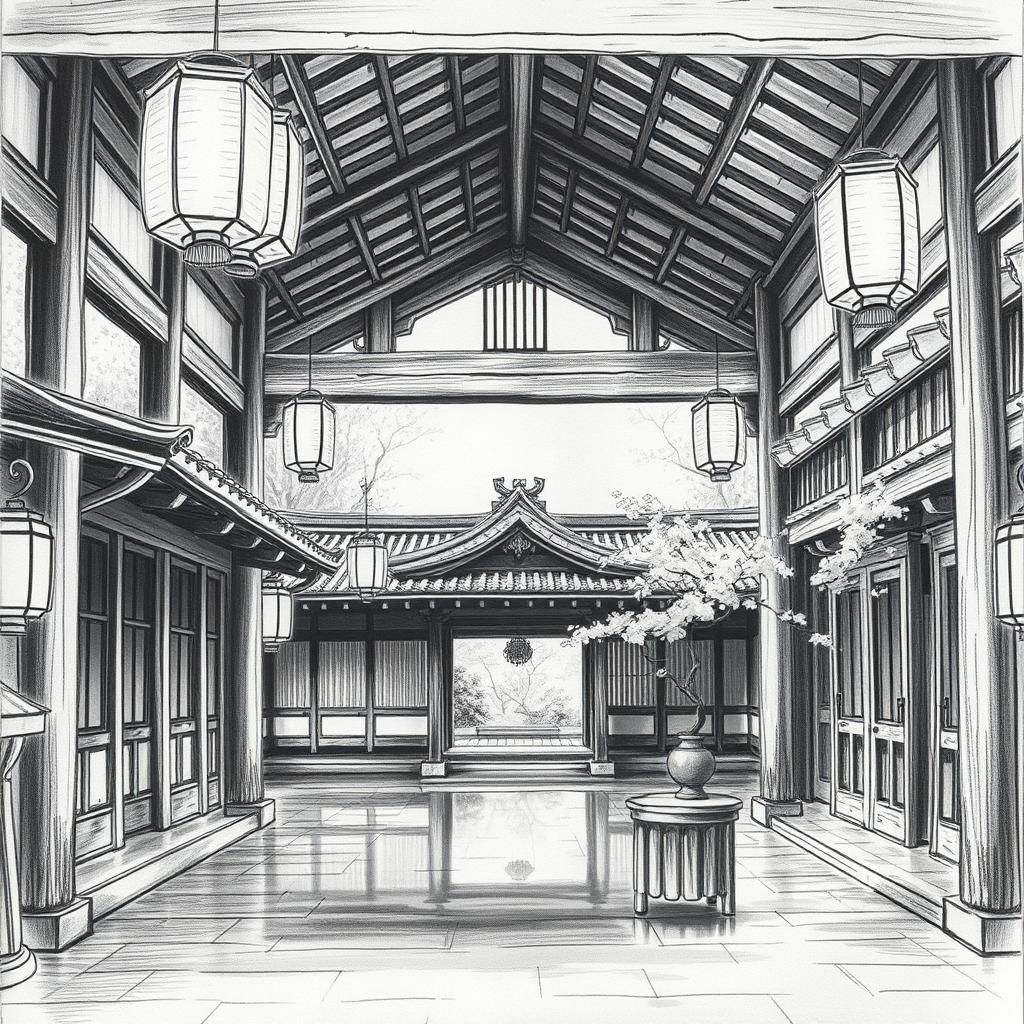
Kyoto: The City of Temples
Step into Kyoto, and you step into a living museum where time slows and tradition breathes in every temple and alleyway. For over a thousand years, Kyoto was Japan’s imperial heart—its palaces and gardens shaped the country’s culture and spirituality long before the bustling streets of Tokyo took the spotlight.
This city isn’t just about old buildings stacked side by side; it’s nicknamed the “City of Temples” for a reason. Around every corner, you’ll find ancient shrines and serene Buddhist temples, each with wooden beams worn smooth by centuries of visitors, lanterns casting a soft glow at dusk, and gardens where cherry blossoms whisper stories of seasons past.
When it comes to crosswords, Kyoto often appears with clues like “Ancient Japanese capital” or “City of temples.” Don’t let its quiet grace fool you—Kyoto’s name is a nod to its deep historical roots, distinguishing it clearly from Tokyo’s modern metropolis. A common misconception slips into many puzzles: mixing Kyoto and Tokyo as though they’re interchangeable. They are not. One city hums with neon and skyscrapers; the other hums with the chants of monks and the rustling of silk kimonos.
To puzzle solvers, thinking of Kyoto means thinking of Japan’s soul tucked inside centuries-old walls—a place where history isn’t just memorized but felt. So when you see a crossword clue hinting at tradition, temples, or an ancient capital, let your mind drift to Kyoto’s quiet streets and timeless beauty.
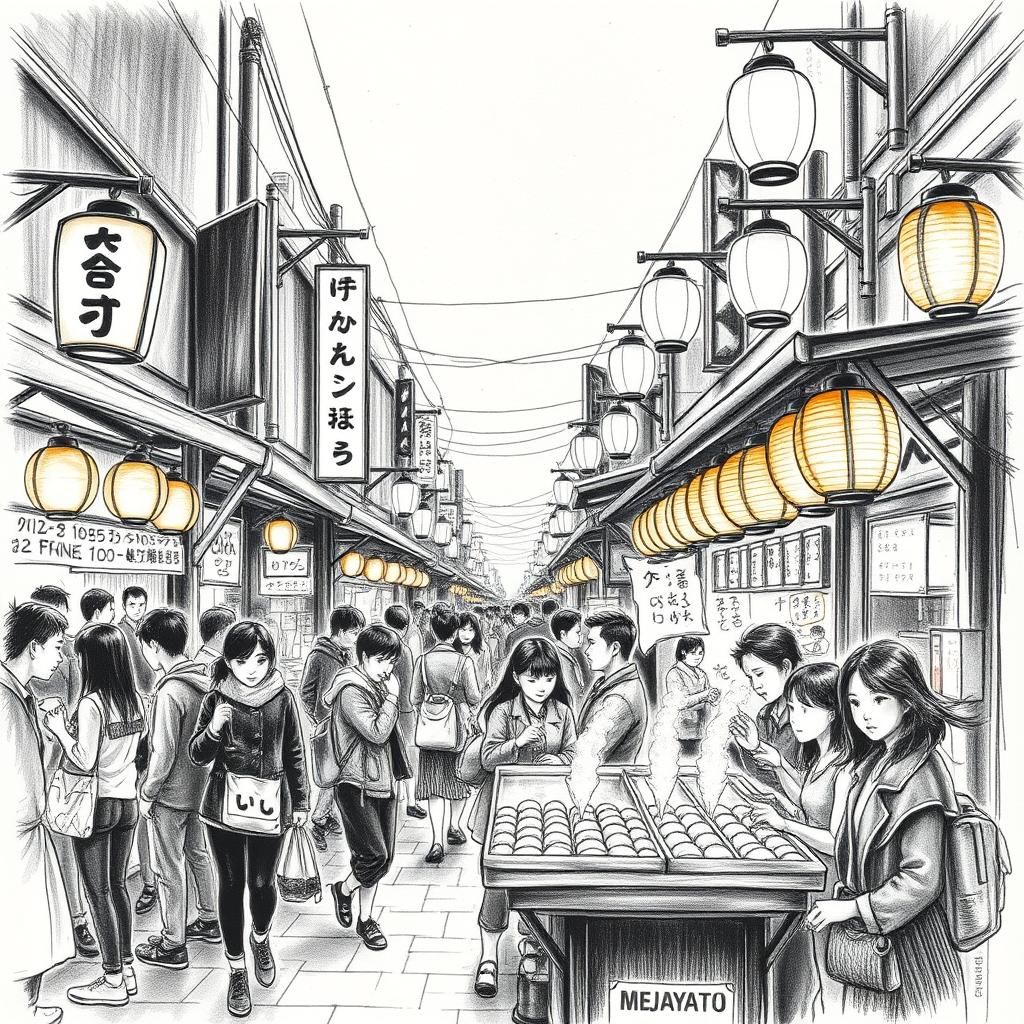
Osaka: The Food and Urban Hub
Step into Osaka, and you’re greeted by the hum of a city that never quite stops moving. It’s Japan’s third-largest urban center, a place where neon lights bounce off crowded streets and the smell of sizzling street food hangs thick in the air. Unlike Tokyo’s sleek towers or Kyoto’s serene temples, Osaka pulses with a down-to-earth energy that invites you to dig in—literally.
This city wears its reputation on its sleeve as the nation’s kitchen. From takoyaki (those little octopus-filled balls cooked just right on street stalls) to okonomiyaki (savory pancakes loaded with whatever you fancy), Osaka’s food scene is a vibrant tapestry of casual, comforting flavors. It’s a place where food isn’t just nourishment; it’s a social ritual, a reason to gather in lively markets or tiny eateries tucked away in narrow alleys.
For crossword enthusiasts, Osaka often shows up when the clue hints at food culture or urban buzz. “City known for street food” or “Japanese urban hub” might just be nudging toward this spirited city. It’s less about ancient history here and more about the warm, bustling heart of everyday life—the kind of place that turns a meal into an experience, and a city into a flavor-packed celebration.
So next time you see Osaka in a puzzle or hear its name, imagine the inviting chaos of its food stalls and the city’s easygoing charm. It’s a reminder that sometimes, the best way to know a place is through the stories told by its people—and what they eat together.

Hiroshima: Resilience and History
Step into Hiroshima, a city whose name carries the weight of a moment that reshaped the world. On that summer day in 1945, Hiroshima was forever marked by the first atomic bombing in history—a tragic event that reduced much of the city to ashes but sparked an enduring spirit of resilience and hope. Today, Hiroshima stands not only as a testament to loss but as a vibrant symbol of peace and human strength.
Walking through Hiroshima now, you can almost feel the whispers of the past mingling with the hum of modern life. The Peace Memorial Park, with its serene gardens and haunting ruins, invites reflection, while the nearby museum shares personal stories—of families disrupted, lives changed, and communities rebuilt. These human threads are what make Hiroshima’s history more than just a date in a book; they bring the past vividly into the present.
When it comes to crossword puzzles, Hiroshima often appears in clues tied to world history, peace movements, or resilience. Phrases like “Site of first atomic bombing,” “Japanese city reborn from ruins,” or simply “Hiroshima” challenge solvers to recall this city’s indelible place in global memory. It’s a reminder that behind every crossword answer, there’s a story—sometimes as powerful and poignant as Hiroshima’s own journey from devastation to hope.
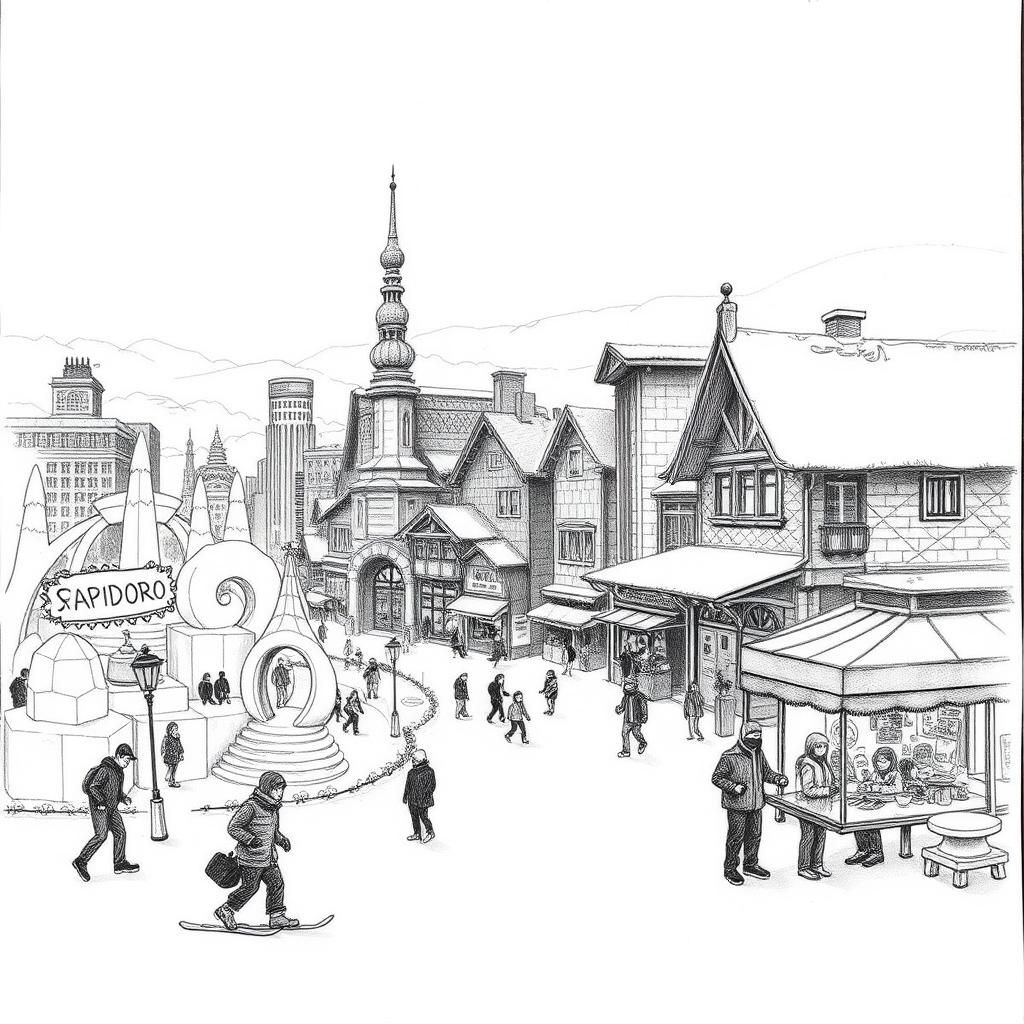
Sapporo: Winter Wonderland in Northern Japan
Picture a city wrapped in a blanket of pristine snow, where frosty mornings sparkle under the pale winter sun. This is Sapporo, the crown jewel of Hokkaido, Japan’s northernmost island. Unlike the bustling urban energy of Tokyo or Osaka, Sapporo exudes a rugged charm shaped by its colder climate and wide-open spaces. It’s home to more than 1.9 million residents, and its reputation reaches far beyond its population.
Sapporo’s claim to fame lies in winter — think snow festivals that light up the city with giant ice sculptures and dazzling illuminations. Each February, the Sapporo Snow Festival attracts millions who come to marvel at the artistry carved from ice and snow, a tradition that began modestly in 1950 with a handful of snow statues. Beyond the festival, the city offers a playground for winter sports enthusiasts: skiing, snowboarding, and even ice skating on frozen lakes invite locals and visitors alike to embrace the season’s chill.
But Sapporo is more than just a winter destination; it’s also known for its distinct architecture and laid-back lifestyle. Sip a warm cup of Sapporo’s famous beer or enjoy hearty bowls of miso ramen — the local specialty that comforts cold bones and hungry travelers.
In the world of crossword puzzles, Sapporo frequently appears when the clue hints at “northern Japanese city,” “winter festival locale,” or “largest city in Hokkaido.” If you spot references to snow, ice, or chill in a crossword clue tied to Japan, chances are Sapporo is the answer.
So next time you come across this city’s name in a puzzle, picture the crisp air, the twinkling snow sculptures, and a community that embraces winter with open arms. Sapporo stands as a reminder that Japan’s story isn’t just about neon lights and ancient temples — it’s also written in snowflakes and chilly northern winds.

Fukuoka: Tradition Meets Modernity
Picture a city where old Japan gently brushes shoulders with the pulse of the modern world—that’s Fukuoka. Nestled on Kyushu Island’s northern coast, it’s a lively spot where scenic riverwalks invite leisurely strolls, and mouthwatering local flavors fill the air. Fukuoka’s charm lies in this blend: ancient temples and shrines sit comfortably alongside bustling shopping streets and trendy cafes.
For crossword lovers, Fukuoka often pops up in clues tied to southern Japan or the Kyushu region. Puzzles might nudge you with hints about riverside beauty or the city’s renowned food scene—think of savory Hakata ramen bowls steaming amidst neon signs. This city’s name is short but packed with cultural weight, making it a favorite for both travel buffs and puzzle solvers alike.
But beyond the grids and maps, Fukuoka invites curiosity. What stories ripple through its rivers? How does tradition shape its vibrant festivals today? As you unravel its name in a crossword, imagine walking those streets—where history, nature, and modern life whisper their shared tale.
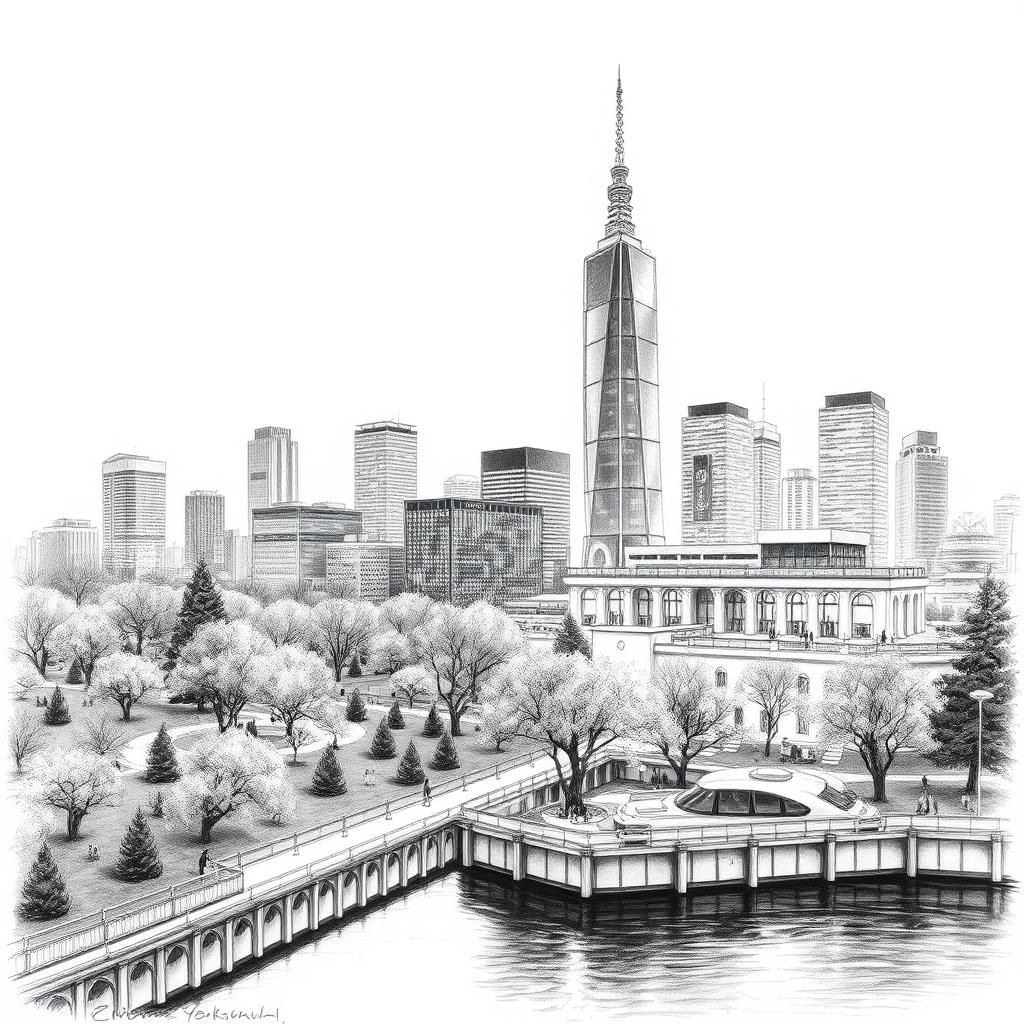
Yokohama: The Coastal Megacity
Picture a city where the hum of cargo ships blends with the skyline’s shimmering glass towers—welcome to Yokohama, Japan’s second-largest city and a vital gateway to the sea. Sitting just south of Tokyo, this bustling port city has long been a bridge between Japan and the wider world, its harbors busy with ships and its streets alive with urban energy.
Yokohama’s story is one of transformation. Once a sleepy fishing village, it opened its port in the mid-19th century, when Japan began stepping onto the global stage. Today, it’s a magnet for culture, commerce, and innovation, boasting sprawling waterfront districts, parks dotted with cherry blossoms, and a famous Chinatown pulsing with life and flavor.
For crossword fans, Yokohama often appears in clues emphasizing its status as a major port or its proximity to Tokyo. Words like “Japanese harbor city,” “second-largest metropolis,” or “city near the capital” might be your hints. It’s a name that challenges solvers with its length, but once recognized, it opens a window to Japan’s modern urban story—where tradition meets international flair by the water’s edge.
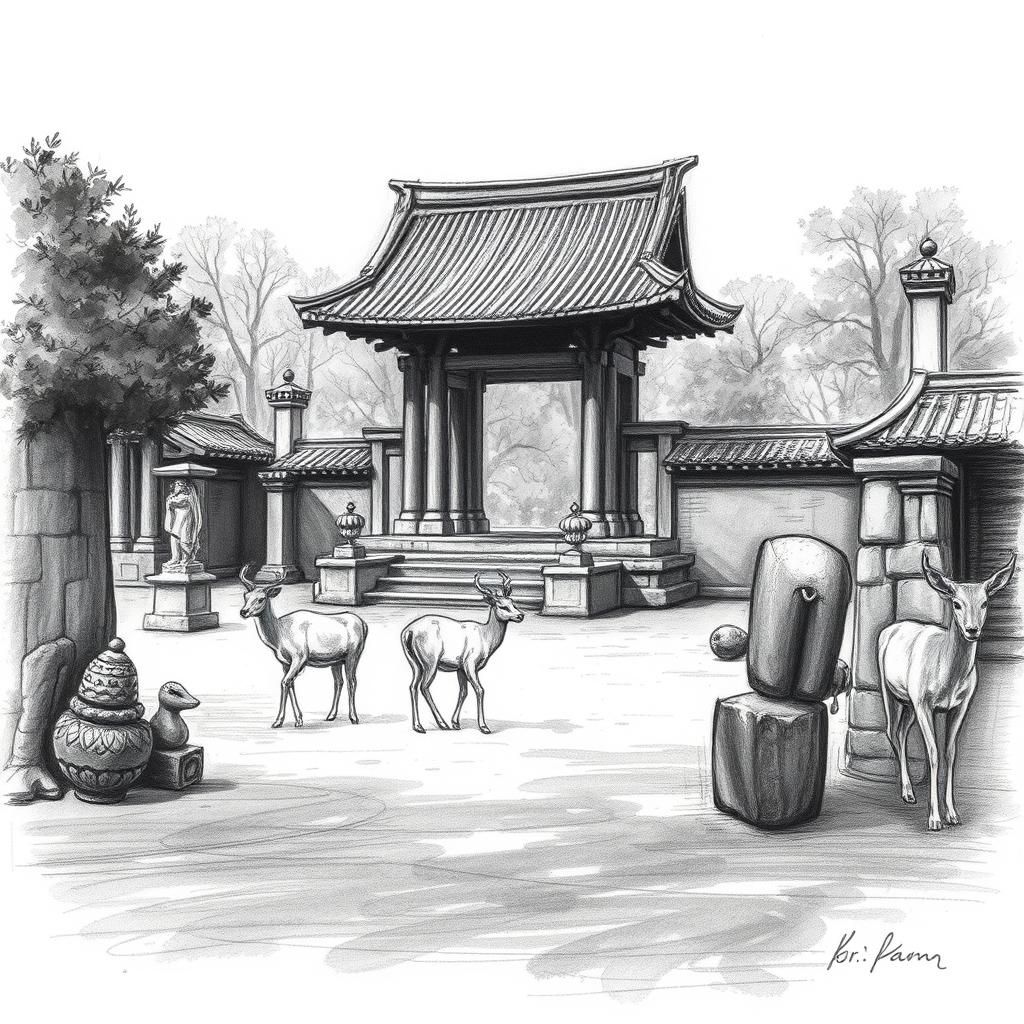
Nara: Historical Capital with Natural Charm
Step into Nara, and the past greets you like an old friend. This city wasn’t just any stop along Japan’s timeline—it was the very first permanent capital, established in 710. Unlike fleeting seats of power before it, Nara laid down roots that shaped early Japanese culture and governance, setting a foundation you can still feel beneath the city’s calm streets and ancient temples.
Wandering through Nara Park, you’ll meet the city’s most famous residents: hundreds of freely roaming deer. These graceful creatures are more than just wildlife; they are living symbols of Nara’s deep connection to Shinto beliefs, where deer were once considered messengers of the gods. The sight of them weaving through visitors, bowing politely for a treat, adds a gentle rhythm to the city’s timeless aura.
For crossword lovers, Nara often pops up as a clue emblematic of Japan’s rich history. Puzzles might hint at “ancient capital,” “city with sacred deer,” or “home to Todai-ji temple,” nodding to its iconic Great Buddha statue housed there. These clues aren’t just trivia—they invite you to feel the stories embedded in the stone and wood, to imagine the scholars and monks who shaped Japan’s cultural heartbeat centuries ago.
Nara’s charm isn’t just in its landmarks; it’s in how history breathes through its streets and the shy glance of a deer over your shoulder. When this city comes up in a crossword, it’s more than a place name—it’s a whisper of a Japan that once was, still alive and waiting just beyond the puzzle’s letters.

Kobe: Coastal Charm and Culinary Delight
Step into Kobe, and you’re greeted by the scent of the sea mingling with something distinctly savory—the promise of the world-famous Kobe beef. This city sits gracefully along the coast, just a stone’s throw from Osaka, making it a natural companion in both travel tales and crossword puzzles. Kobe isn’t just about its rich, marbled beef; it’s a port city with a laid-back vibe that contrasts nicely with the urban buzz nearby.
For puzzle solvers, Kobe often appears linked to clues involving top-tier Japanese beef or bustling harbor cities. The name “Kobe” might pop up alongside references to port life or gourmet food, serving as a tasty hint for those in the know. Its location near Osaka means it often shares crossword spotlight with its energetic neighbor, especially in puzzles featuring clusters of Japanese cities.
But beyond the puzzle board and dinner plates, Kobe’s charm lies in its coastal atmosphere—a blend of modern city life and ocean breezes that invites a slower pace and richer stories. Next time you see “Kobe” in a crossword clue, think not just of a beef delicacy, but of a city where culture and cuisine meet the calming rhythm of the sea.
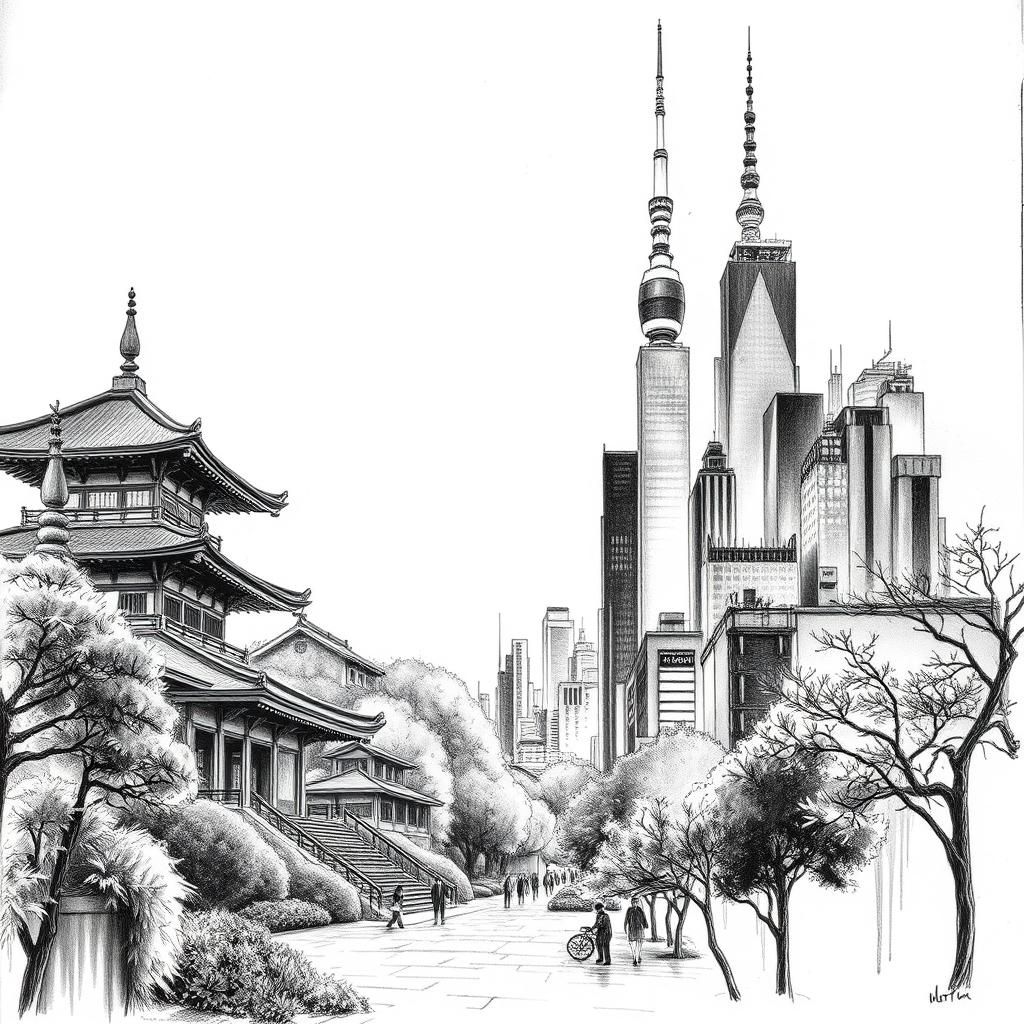
Debunking Myths: Kyoto vs. Tokyo
If you’ve ever stumbled over a crossword clue like “Ancient Japanese capital” or simply “City in Japan,” it’s easy to mix up Kyoto and Tokyo—two cities that, while intertwined, are worlds apart. Part of the confusion comes from how they both serve as capitals, past and present, but their stories and vibes couldn’t be more different.
Kyoto reigned as Japan’s imperial heart for over a thousand years, a city where tradition seeps from every wooden beam and stone lantern. Think tranquil temples, carefully manicured gardens, and festivals that have danced through centuries. It’s the kind of place that whispers of samurai, emperors, and artistry. On the other hand, Tokyo is the daring new face of Japan—a sprawling metropolis that pulses with neon lights, skyscrapers, and innovations that seem to leap years into the future. Where Kyoto invites quiet reflection, Tokyo demands an energized pace.
So, why does this confusion persist? Crossword clues sometimes use “Japanese capital” and don’t clarify which capital they mean. Solvers might jump to Tokyo because it’s the current political and economic center; yet, “ancient capital” points squarely to Kyoto’s rich past. Geography helps too: Tokyo sprawls along Tokyo Bay, while Kyoto lies inland, nestled among hills.
For those tackling puzzles, here’s a simple trick: clues referencing tradition, temples, or festivals usually nod to Kyoto. Clues about bustling urban life, technology, or contemporary culture hint at Tokyo. Understanding these differences doesn’t just crack puzzles—it’s a small step into appreciating how Japan balances its deep history with a fast-paced present. So the next time a clue challenges you, remember: Kyoto and Tokyo are like two sides of the same coin, each telling its own vivid story.
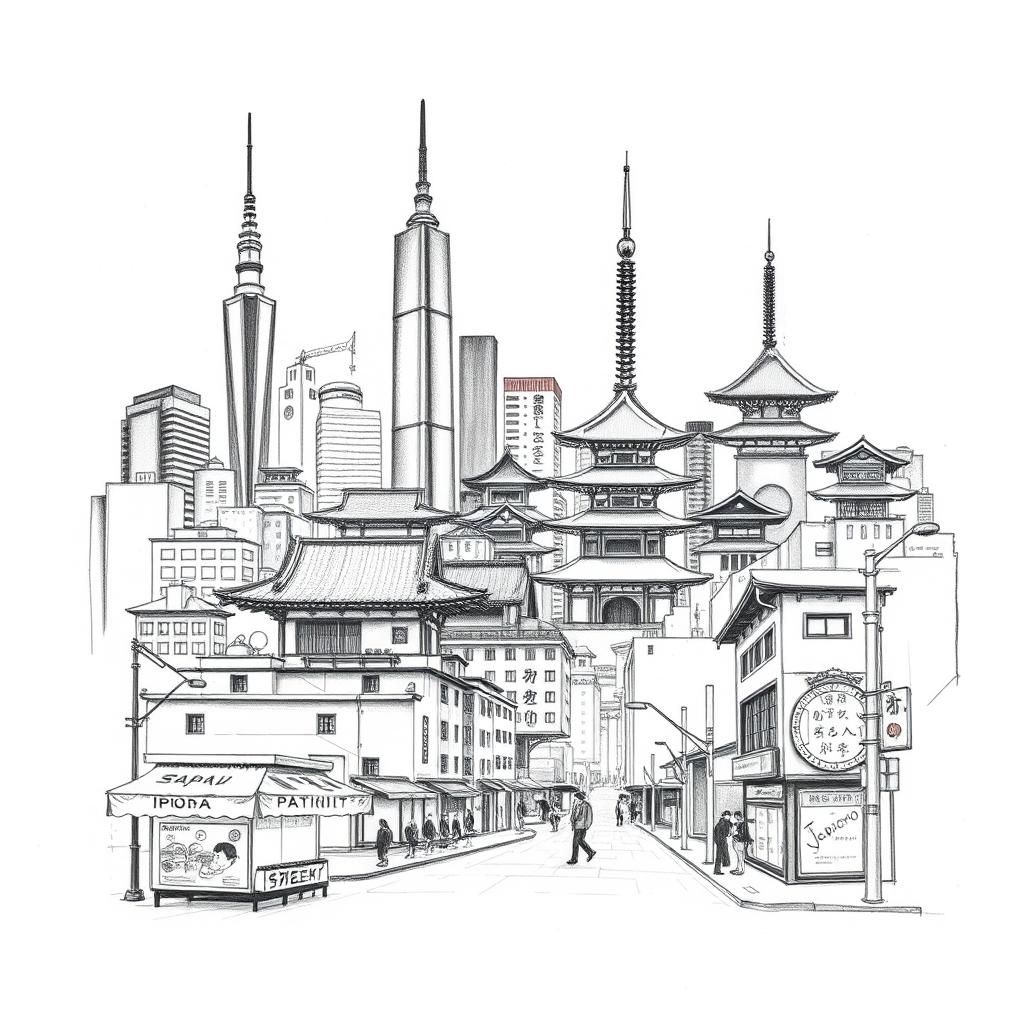
Conclusion
As we’ve seen, each Japanese city holds a distinct place—not just on the map, but in the world of crosswords and the hearts of travelers. Tokyo’s sprawling metropolis, Kyoto’s timeless temples, Osaka’s vibrant street life—all offer clues that light up puzzles and invite curiosity. From Hiroshima’s resilient spirit to Sapporo’s snowy charm, these cities are more than answers; they’re stories waiting to be uncovered.
For puzzle enthusiasts, keeping these quick facts in mind can turn a tricky clue into a neat solution. Think beyond just names—consider history, culture, and unique features. And if a crossword sparks your wanderlust, why not explore beyond the grid? Walking the streets, tasting the foods, and feeling the seasons of these places brings the puzzles—and the people who live there—to vivid life.
So next time you see “City in Japan,” remember: behind that simple clue lies a rich and nuanced world. Happy puzzling, and here’s to discovering more layers of Japan—one city, one story at a time.
Share to...
I hope you enjoy the content.
Want to receive our daily crossword puzzle or article? Subscribe!
You may also be interested in
Share to…
Want to receive our daily crossword puzzle?
-
Jigsaw Puzzles
Trolltunga Abstract Jigsaw Puzzle 250 | 300 | 500 Pieces
kr 348,00 – kr 439,00 Select options This product has multiple variants. The options may be chosen on the product page -
Jigsaw Puzzles
Majestic Moose in Forest Watercolor Jigsaw Puzzle 250 | 300 | 500 Brikker
kr 348,00 – kr 439,00 Select options This product has multiple variants. The options may be chosen on the product page -
Jigsaw Puzzles
Majestic Horse Watercolor Jigsaw Puzzle 250 | 300 | 500 Pieces
kr 348,00 – kr 439,00 Select options This product has multiple variants. The options may be chosen on the product page





